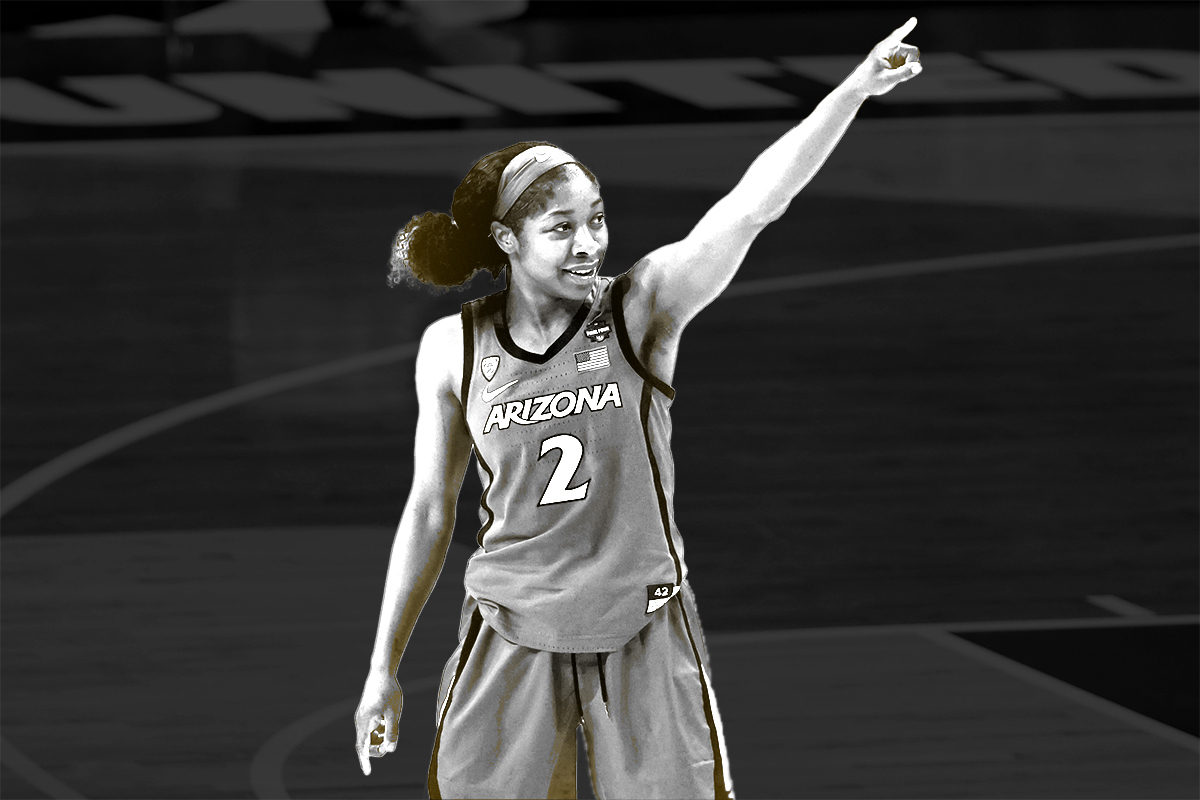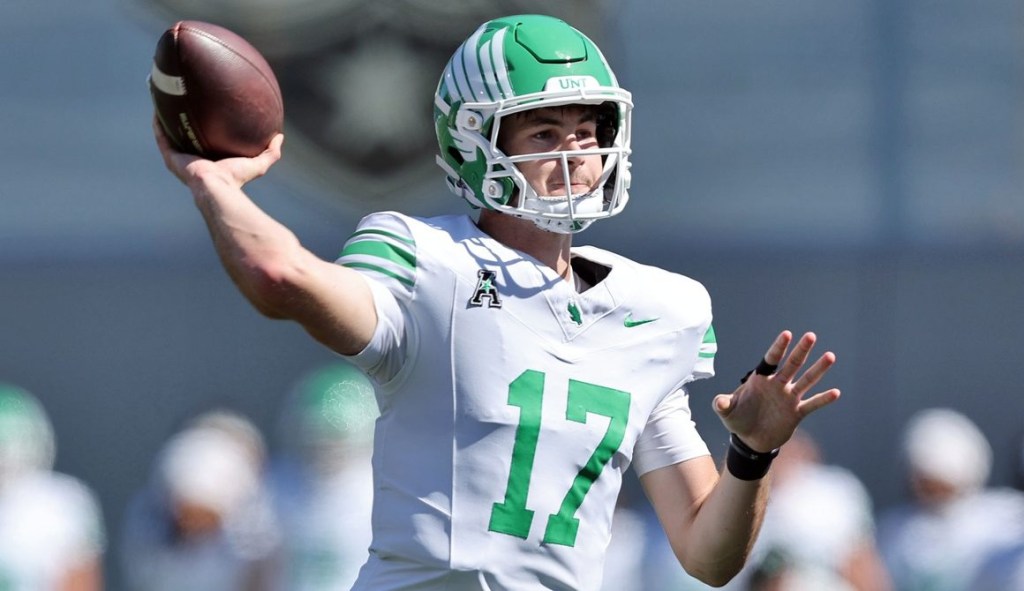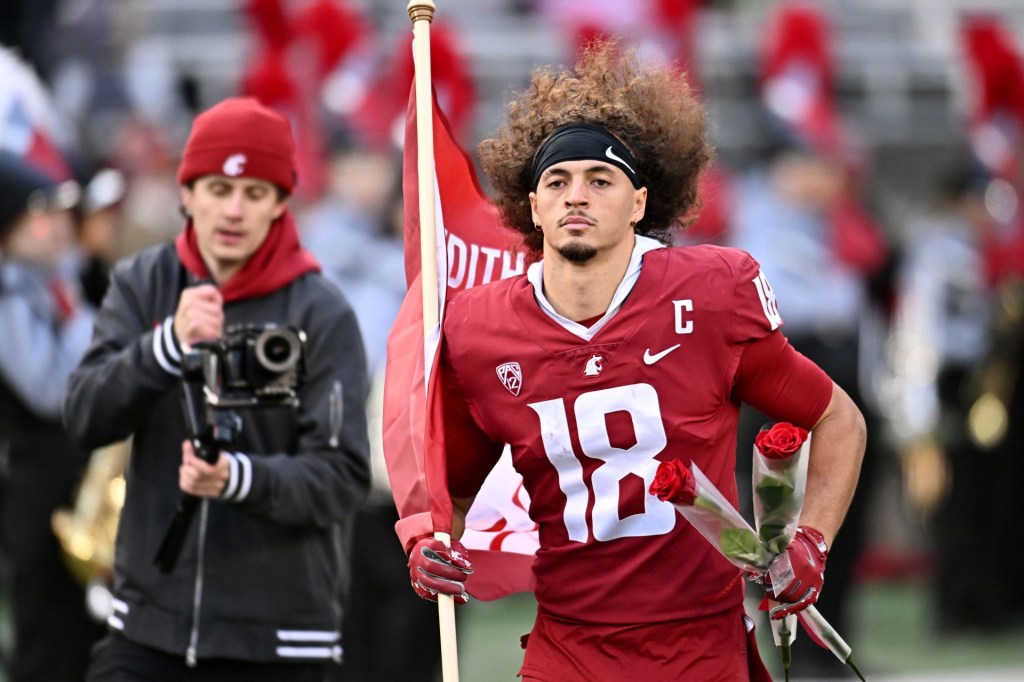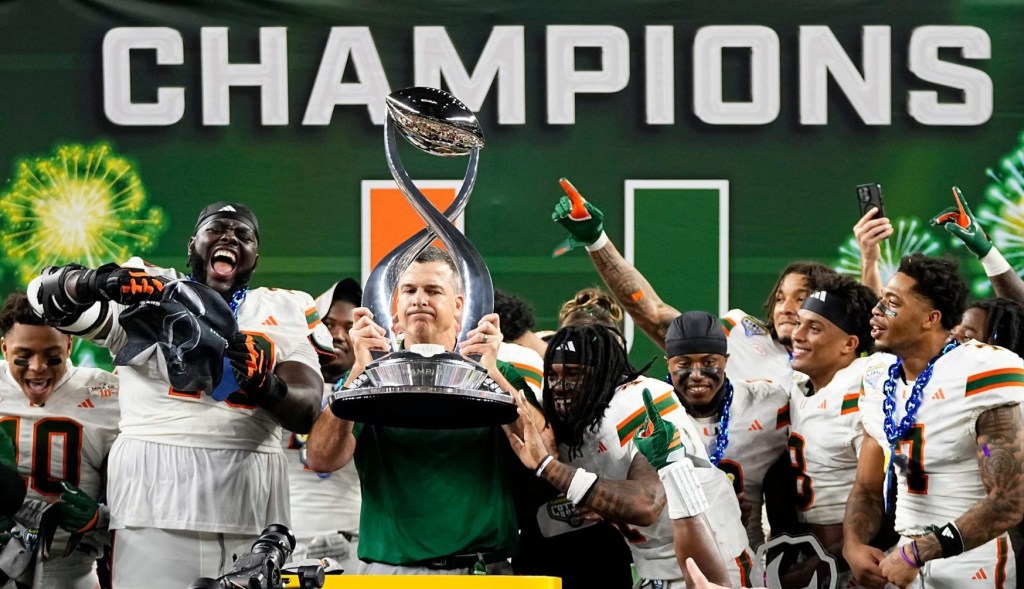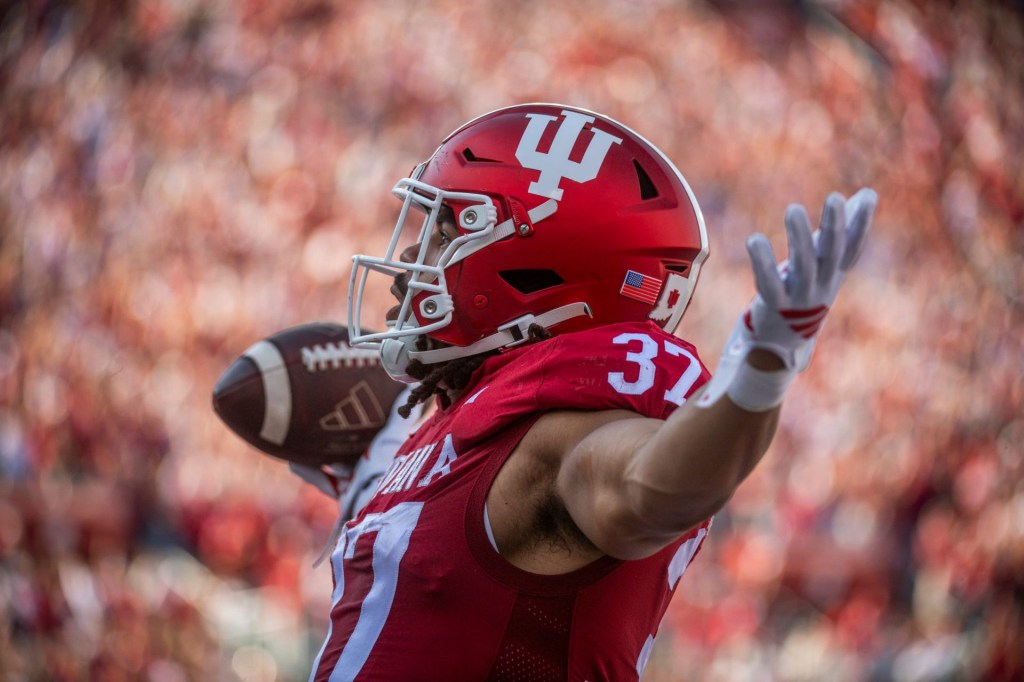Because of state laws, NIL is coming whether the NCAA wants it or not. But women’s sports reform remains more nebulous.
In order to grow women’s basketball, advocates suggest that the NCAA, schools, and even outside organizations increase visibility and provide more support.
Redirecting Resources
Investment is key, Strack said. The NCAA should ensure its television deal with ESPN provides adequate visibility to women’s basketball, and should invest more marketing dollars into the tournament.
“If you don’t put in the money, you can’t expect the same rate of return for women’s sport,” Strack said.
Right now, neither of those things are happening. The 2019 men’s tournament received $13.5 million more in resources than the women’s tournament, a New York Times report revealed.
And the current $500 million TV deal with ESPN, which bundles other NCAA championships with the women’s tournament — and which many experts believe undervalues women’s basketball rights — expires in 2024. So it’s ripe for renegotiation, if the NCAA is interested.
Strack also suggested that resources for teams themselves, from equipment to support staff, be distributed equally to men’s resources, since they currently aren’t. Individual schools are responsible for this as much, if not more, than the NCAA.
Outside Help
New outlets need to be built specifically to cover the women’s game, Haley Rosen, founder and CEO of the women’s sports media company Just Women’s Sports, told FOS.
“That next step is, if we truly want to see change — it’s media coverage,” Rosen said. “It’s actually covering these women from the start of the tournament to the end of the tournament.”
And Title IX needs to be more enforceable in order to ensure that schools, at least, can be held accountable, Strack said. That’s something her organization is advocating for on Capitol Hill.
Most schools don’t comply with Title IX because no one forces them to. Currently, the only way to hold a school’s feet to the fire is to file a time-consuming and costly lawsuit.
